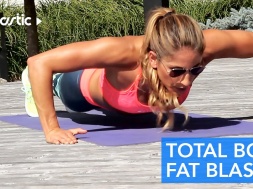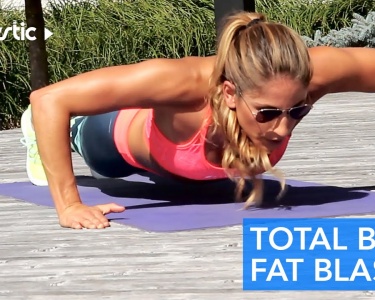
Half Marathon Training Tips
Going from a 10k race to a half marathon is a big step. But if you’re a runner, you know that running a half marathon is a goal most hope to achieve. Many runners say that it’s their favorite marathon, long enough to be a real challenge, and short enough to be achievable for almost any runner. So if you are thinking about running a half marathon, here are a few tips to keep in mind.
1. Build a base
One mistake new runners often make when paring for a half-marathon is thinking that the 12- or 14-week plan takes you from the couch to the finish line. All half-marathon training plans that range in length from 10, 14 or 16 weeks assume that you’ve already built a weekly mileage base of at least 15-20 miles. Your longest run should also be at least 5 miles.
Anything less than this weekly mileage or longest run mileage will overwhelm your body’s ability to acclimate. If you have a solid base under your feet, then when you start your training, you’ll only be acclimating to the demands of the half marathon training workouts.
2. Pick a plan
Twelve weeks is a common length of many half-marathon training plans, however do a Google search and you’ll find plans that range from 10 to 16 weeks. I prefer to use a longer plan (14 weeks) with my runners. The extra weeks allow for a little wiggle room if a runner gets sick or has slight set back or injury.
3. Think quality over quantity
Running lots of miles each week is one way to prepare for a half-marathon, but lots of miles can increase our chance of injury.The types of tempo runs vary, but basically they begin and end with a 1-mile warm-up /cool-down and the in between miles are run at a pace about 30 seconds slower than 5K pace. The Tempo portion is an uncomfortable pace. This helps your body increase VO2Max (your body’s ability to take in and utilize oxygen at the muscle layer to make energy) as well as push out your lactate threshold (that point at which you feel that burning sensation in your legs).
4. Cross-train
Doing non-running but aerobic cross-training as well as light resistance training on your off running days is a great way to optimize your running fitness. Cycling, swimming, using the elliptical machine or row machine are all great forms of cross-training. Light resistance training particularly targeting the core and upper body will greatly help you maintain good running form longer during your runs, helping to fight off fatigue.
- Source- Active









